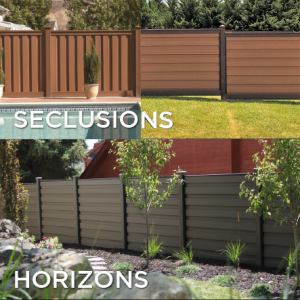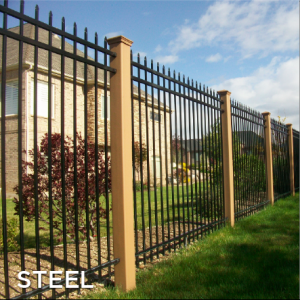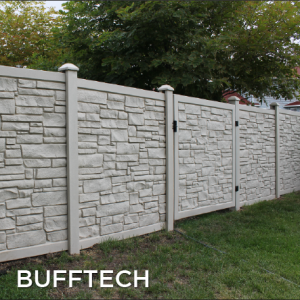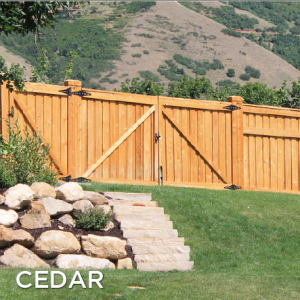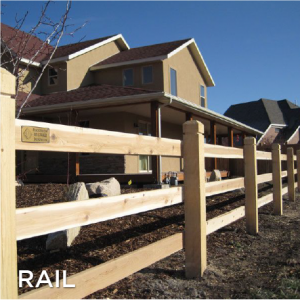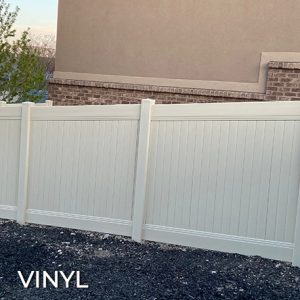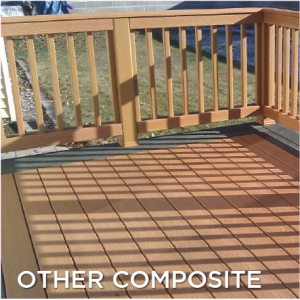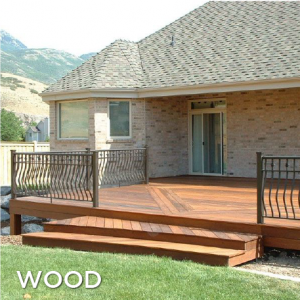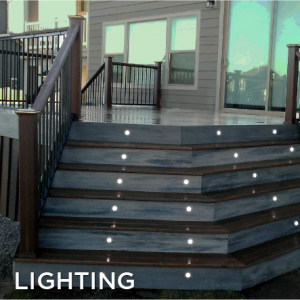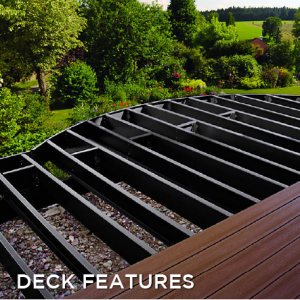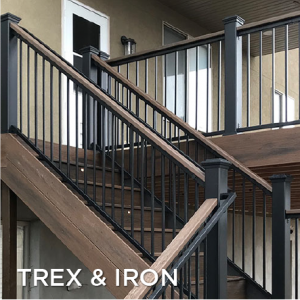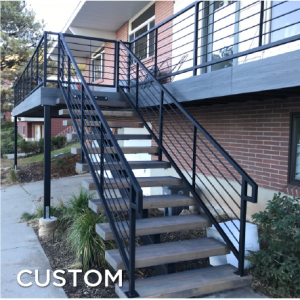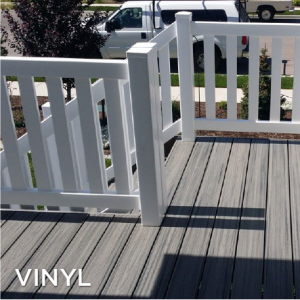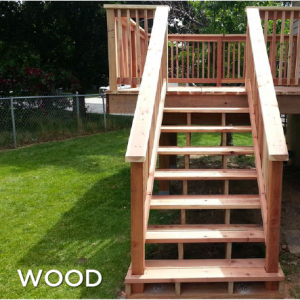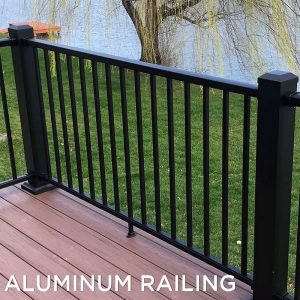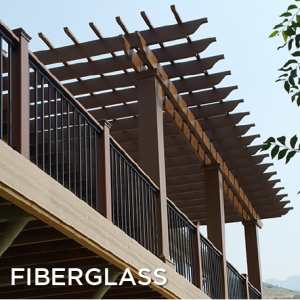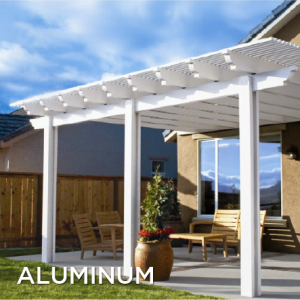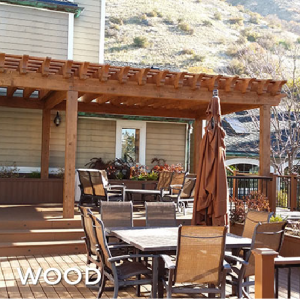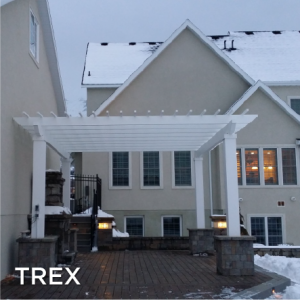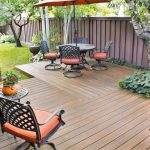Fences and Spring Weather Damage
If you live in Utah, it’s pretty obvious that the weather doesn’t pay any attention to the calendar. And it’s entirely possible to experience all four seasons in one day. Unfortunately, this can be pretty hard on your fence, especially if you have one that is older, poorly built, or made of cheap materials. But sometimes, when we get a crazy storm, even the best fences will suffer. So what can you do to prevent storm damage? And how do you repair any damage that has already been done? This blog will focus on the damage caused by wind and rain. Keep an eye out for upcoming posts on snow and sun damage!

Source: Penny Fence
If a big storm is headed your way or if you just want to keep your fence in good condition, these tips will help you prevent damage to your fence.
Wind
Wind can be a powerful force against fragile fences. If you are lucky to live in a place that doesn’t get much wind, then you shouldn’t be too worried about gusts knocking down your fence. But it’s always a good idea to do a bit of research to find out the average wind speeds in your area. Certain types of fences have been tested for high wind speeds and, if properly maintained, should withstand most storms. If you are unsure of the stability of your fence, there are a few ways you can add reinforcements. Adding a metal pole inside a hollow fence post will strengthen your fence, making it less likely to move or sway in the wind. Adding support beams across panels or concrete at the base will also help to fortify the fence. If y0u are unsure how to bulk up your existing fence, contact your local fencing professional. Often, the best things you can do to prevent wind destruction aren’t to your fence, but the surrounding area. Cut down any trees or its branches that are likely to break and fly around your yard. Secure any large outdoor items that might also be moved with the wind. If your fence has a gate, make sure it is secured with lock or chain. A swinging gate can cause a lot of destruction, especially if it comes off its hinges.
Rain
Rain is most likely to cause problems in wood and metal fences. Composite fences are often made with plastic and pre-treated to repel water, so they will not require any additional work. Wood fences will do better with a few coats of water-repellent or sealer. If you want to change the color of your fence, look for a paint or stain that also contains a sealant. This will protect against water damage. In order to maintain the original look of the fence, there are many options for a clear coat of water-repellent. It might seem silly to treat your wood fence when trees seem to flourish in the outdoors. But remember, your fence is no longer a living tree. Consider fallen logs that are covered with moss and algae and eventually rot away. The same will eventually happen to your fence if you don’t take preventative measures. A rust-proof coating comes standard on chain link and wrought iron fences, but rust can still form where the original metal is exposed. You’ll need to touch-up these unprotected areas with a rust resistant sealer. Before waterproofing your fence you need to make sure that damage hasn’t already occurred. If you find rust or rot, you’ll need to take care of it before you can prevent any further deterioration.

Source: Chat Forum
If wind or rain has already damaged your fence, here are some tips to help with the repairs. The most important thing to remember is that repairs should happen quickly. Having a broken fence allows kids and animals to escape or for an unwanted guest to enter your space.
Wind
Wind can topple fences and break posts. If your fence has been taken apart, but all the pieces are still intact, it may be a simple repair to put the fence back together and reinforce them with nails or screws. If the wind has broken or carried away pieces of your fence, you will need to replace them. When a fence has been damaged by weather, it might seem difficult to determine who is responsible for the repairs. If the fence is shared between two neighbors, the best solution is to also share the cost. Often Homeowner’s Insurance will cover a damaged fence, so it might be a good idea to check your policy. Ultimately, city and state laws can help determine who exactly is responsible when a fence is damaged.

Source: Rick’s Fencing
Rain
Rain is more likely to damage your fence over time, so if your fence hasn’t been well-maintained, you’ll eventually find evidence of rot and mold. If you discover that your fence has mold, you should take care of the problem immediately. Mold can cause health problems and can spread quickly. First, determine all of the areas that have mold. If the problem is severe, you may need to completely replace any place with mold. If you catch it early, you should be able to clean the mold off of your fence. A scrub brush and mold remover will be necessary to restore your fence. Once all the mold has been cleaned and your fence is completely dry, apply a sealant so that the mold doesn’t come back. Like instances of severe mold, rotting can completely ruin some or all of your fence and the only solution is to replace it. Try contacting the original fence installer to find replacement parts.

Source: Chatfield Court
